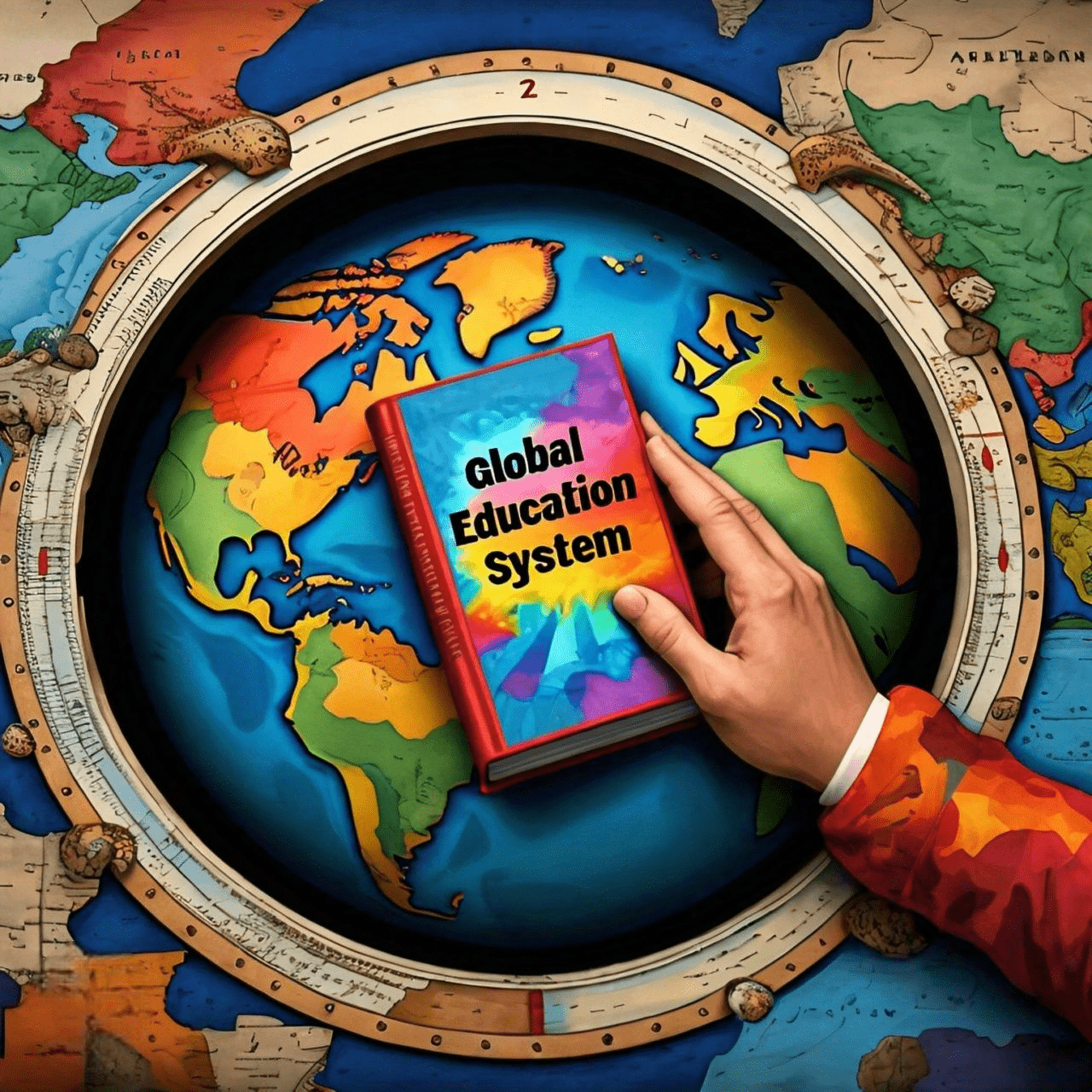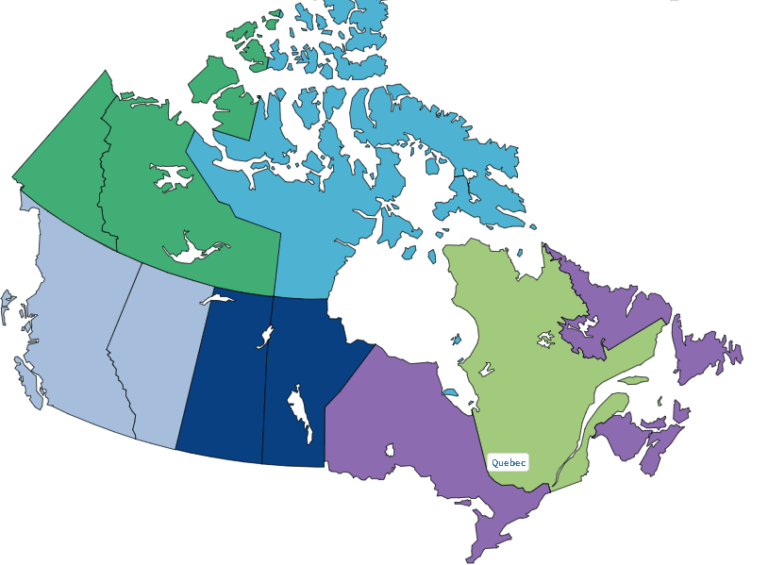Global Education Systems Perspectives Across Continents

The Global’s education system is made up of different structures and practices that are influenced by cultures, economics and politics at large. It is important to make sure that everyone has equal opportunities to learn things. This can be achieved by having good courses, training teachers well and using technology in teaching. In addition critical thinking skills among others should also not be forgotten during this time. Some countries or areas may have less funds than others for their schools and higher education which causes Issues like funding, few teachers and unequal standards of learning continue to influence policy making and government in countries across the world. There are however challenges experienced in an attempt to make this system more efficient and beneficial to the society as a whole. These involve having systems that cater for individual needs and local cultures while at the same time being relevant globally. these also need be quality driven so as not just accommodate people but empower them too quality of learning being critical and cannot be ignored. especially incorporating standard education and technology that the world is rapidly changing.
Africa
The education systems of Africa are diverse due to the large cultural and economic differences found within the continent. Several countries have limited quality education facilities, poor infrastructure, and severe shortages of teachers. However, various localized projects have been set up to improve school performance despite these challenges. In Nigeria, Universal Basic Education program working on achieving by trying to provide all of the kids education requirement with learning at the ground level and integrating vocational training is also being included so that youth unemployment can be tackled effectively. Similarly in South Africa, reforms have been made which focus mainly on making sure that there is fairness and All-encompassing within the educational sector; this includes programs aimed towards equipping teachers with skills needed for dealing with students from various backgrounds as well as improving syllabus content so as not leave out any group based on their social economic status.
The Free Primary Education program in Kenya is aimed at increasing enrollment rates and fighting illiteracy by using ICT in classrooms and investing in infrastructure. In addition to these, African countries such as Ghana, Ethiopia and Senegal have adopted innovative methods like community schools and mobile classes to make sure that they not only widen educational access but also enhance its quality. This shows an effort is being made towards sustainable development in Africa which is inclusive of all people as well as cultural heritage protection and empower marginalized communities through education, reflecting Africa’s commitment to sustainable development and inclusive growth.

Asia
There is a great diversity and dynamism found within the education systems across Asia, which indicates range of methods utilized to address challenges faced by different countries. Japan and South Korea are some of the nations known for their strict academic standards as well as consistent top performance in global evaluations. Such countries have made STEM subjects a priority alongside holistic development so that individuals may acquire skills necessary for success in a competitive economy at international level; this has been achieved through strong government policies coupled with cultural values attached to learning.
However, there are countries like China, Russia, India, and Iran that find it difficult to keep up with the demand for education during swift economic development. Educational accessibility, discrepancies in quality between rural and urban areas and the fusion of old and new methods of teaching are among the issues faced by both India and Pakistan. For this purpose, they are implementing numerous changes aimed at improving infrastructure, teacher training systems as well as curricula that can serve people with different abilities while being inclusive at the same time. On the other hand
Meanwhile, China’s centralized education system focuses on STEM education and employs the Gaokao examination as a pivotal factor in university admissions, reflecting its strategic emphasis on cultivating a skilled workforce capable of driving technological innovation.
Across Asia, educational innovation thrives as nations leverage technology and progressive teaching methodologies to bridge educational gaps and empower their youth. These efforts underscore Asia’s commitment to overcoming challenges, promoting inclusive education, and harnessing the transformative power of learning to foster socio-economic progress in an increasingly interconnected world.
Europe
The educational systems of Europe are a mixture of different methods that range from extremely centralized structures seen in France and Germany to the more decentralized methods used by Sweden and Finland. In Germany and France, for example, the use of centralized educational systems ensures uniformity in the standards of school programs and outcomes among different regions within them. These countries place great importance on equality in education which is enhanced by the provision of public schools that are free at all levels starting with preschool through university. The focus is also on ensuring fairness to children from less privileged backgrounds thus they should be given a chance to realize their full potential irrespective of their economic status by subjecting them to tough academic challenges coupled with elaborate support mechanisms geared towards this end so that they can cope with demands of the world being more integrated due to globalization.
However, Scandinavia nations such as Sweden and Finland go for decentralized system where localism and varied method of teaching are given. The approach is also focused on creating inclusive societies that can manage to nurture each learners according to their capabilities different from each other. Among the countries known internationally is Finland for its less reliance on exams hence holistic nature in cherishing all round studentship. This means that children will be taught how to be multilingual if not multiculturalist altogether; this being common in most of the European states where such subjects have been made compulsory in an attempt at fostering globalism among pupils. A good example here would be Switzerland which requires one know several languages before they finish schooling; something that shows commitment towards preparing future generations who are able live harmoniously with others from different parts world.
North America
In North America, the education systems of the United States and Canada embody a diversity of approaches and priorities shaped by historical, cultural, and political contexts. The United States operates under a decentralized model where educational policies and funding mechanisms vary significantly across states and local school districts. This variation often leads to disparities in resources and academic outcomes between affluent and economically disadvantaged communities. Standardized testing, such as the SAT and state assessments, plays a pivotal role in measuring student performance and shaping curriculum standards nationwide. The emphasis on local control allows for flexibility in educational practices but also highlights challenges in achieving equitable access to quality education across the country.
Canada’s education system, by contrast, integrates a more centralized approach while allowing for provincial autonomy in educational matters. The country prioritizes inclusivity, reflecting its multicultural identity and commitment to diversity. Bilingualism is a cornerstone of Canadian education, particularly in Quebec, where French and English are official languages. Efforts to include indigenous perspectives in the curriculum are about reconciling and understanding these cultures and histories. In Canada, fairness is the cornerstone of their education as they try to make certain every student is well prepared for the world and connected globally no matter where they come from; this can only happen if we respect other people’s way of lives while valuing our own.
South America
Education systems throughout Latin America display different methods along with a number difficulties especially depending on economic conditions as well as cultural circumstances involved. In Brazil, attempts at bettering schooling have been witnessed through initiatives such Bolsa Familia which were started aimed towards among poor people getting more children go school. Nevertheless there are still inequalities between towns and country areas in terms of quality for example caused by poverty levels being high or low so too violence happens frequently plus lack infrastructure facilities harms them too . Unlike its neighbor Argentina however puts strong emphasis upon making sure that all learners receive costless education up to certain level besides investing heavily into training and curriculum development
The country’s focus on inclusivity extends to initiatives targeting marginalized communities, including indigenous populations, to bridge educational gaps and promote equitable access to learning opportunities.
In Bolivia, there are unique problems with rural education and indigenous rights within the education systems Peruvian education system deals with issues related to rural education and indigenous rights, which are different from any other country. Bilingualism and multiculturalism are recognized in the national curriculum of Bolivia, where indigenous languages and cultures should be used as languages of instruction. The government aims at improving the quality of education among all learners while at the same time recognizing their different cultural backgrounds; this will help them to know who they are thus performing better academically. Similarly, Peru has initiated bilingual education programs so as to reduce educational disparities among various communities living in remote areas who speak different languages. What is more, such an approach will foster social inclusion thereby creating a sense of belonging among all citizens irrespective of their geographical locations.
Oceania
Education systems in Australia and New Zealand give priority to indigenous education and multiculturalism in a manner that shows they value indigenous cultures and understand the importance of intercultural relations. To prepare children for helping the world with conservation as well as sustainable development, syllabuses usually contain topics about environmental protection while being sustainable.
In Oceania, some other countries have made preservation of culture and sustainable development their primary goals through education systems. In Papua New Guinea where there are many languages spoken across different regions due to geographical variations, the government has put up strategies aimed at enhancing accessibility and quality of education by designing an inclusive curriculum which also integrates vocational skills training programs meant for equipping learners with necessary competencies required for them to secure employment opportunities within their localities. The use of two languages; English and Fijian plus environmental conservation have been blended together in Fiji’s academic programme so that students are made aware on how best they can mitigate climate change effects through adoption of sustainable practices. One of the main elements of the Samoan educational structure is the emphasis it places on traditional cultural values as well as academic studies to foster community spirit and prepare students for citizenship at a worldwide scale. In all these places located in Oceania or elsewhere around the world, such countries continue facing challenges concerning fair education participation among others like building necessary facilities while still safeguarding their different heritages; this will equip generations yet to come with relevant skills towards advocating sustainability programs that have an impact locally and globally.
Antarctica
Although primarily a continent for scientific research, Antarctica supports educational programs also offers opportunities for learning. It does this through collaborations between different countries located all over the world and special programs designed specifically for this purpose. The subjects covered under these educational initiatives are centered around climate science, environmental protection measures as well as global cooperation hence making them quite unique in their own right not only for students but also teachers participating from various parts of the globe.
Conclusion
When examining education systems on different continents, it is clear that each one has been shaped by its own diversity, difficulties, and new ideas about teaching methods. Despite the fact that they operate in various economic, cultural, and political environments, all share a common goal – providing comprehensive learning opportunities for everybody so that they may be empowered and ready to live in the world which is getting more and more connected each day Africa deals with inequality through localized efforts and inclusive programs such as Nigeria’s Universal Basic Education program or Kenya’s ICT-driven initiatives for rural schools. The situation in Asia ranges from highly competitive models of education seen Japan alongside South Korea to attempts at China where some regions try to bridge urban-rural gap while integrating traditional with modern teaching methods; India also has similar policies but on larger scale. Europe possesses centralised systems like those found within France but Scandinavian countries have done things differently by adopting de-centralized approaches that focus equally upon inclusive education and personalized learning experiences.
The educational systems in North America are based on independence in the United States and Canada which face equity challenges while promoting South America requires making all-inclusive systems that address the differences as well as having bilingual education projects. Australia and New Zealand have their focus on native studies which should be preserved for generations together with sustainable development that meets current demands for curriculum content. Even the south America contributes uniquely towards international teaching through specialized environmental courses.
Despite such efforts to enhance access and quality-improvement across these different territories there are still funding gaps between rich schools and poor ones. lack of enough facilities like libraries or laboratories may hinder successful implementation though it is important since we live in a world where critical thinking is necessary for our success globally. In general terms every continent has specific issues associated with its educational sector but they all share one thing; commitment towards inclusive education targeting learners from diverse cultural backgrounds while also equipping them with skills needed to thrive within an increasingly complex interconnected society worldwide. It is therefore important that different countries should cooperate more closely than ever before when dealing with this matter.







